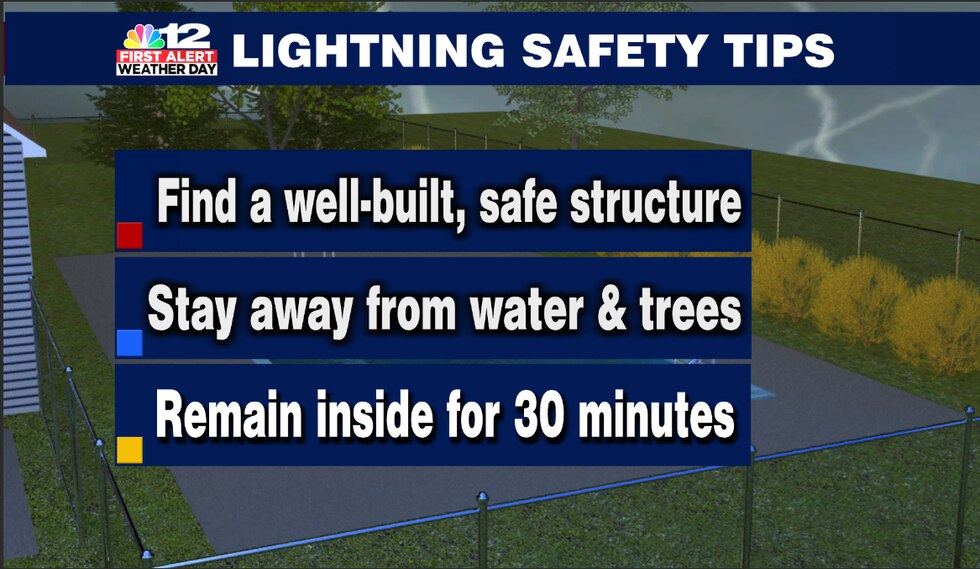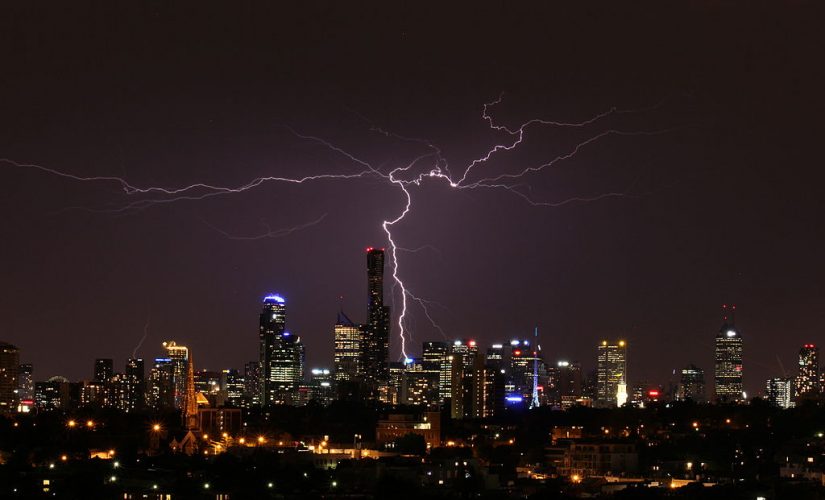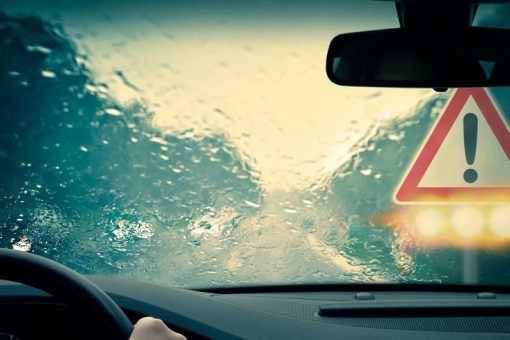While popular myth claims that being struck by lightning is an unlikely event, the numbers show that lightning strikes occur frequently. In many parts of the world, the second leading cause of death or injury from storms is being struck by lightning. The first cause is flooding. While only 10% of lightning victims die (nearly all after cardiac or respiratory arrest), more than 70% of survivors suffer severe and permanent injuries and disabilities. These include memory loss, fatigue, chronic pain, dizziness, trouble sleeping, and the inability to multitask.
Logging professionals are in grave danger because their work involves tasks outdoors and near recognized points of impact, such as tall trees and heavy equipment. Forest contractors can lessen their chances of being struck by lightning by following the simple safety practices listed below.
- Designate a member of your team to do the following:
- monitor the daily weather forecast
- observe local weather conditions.
- alert the rest of the team when there is a danger of lightning
- When a storm is approaching, do not start any tasks or continue tasks that cannot be stopped immediately.
- Anticipate high-risk situations and act fast – move to a low-risk location. Do not hesitate. If lightning strikes, you are in danger.
- Obey the following rule: If you see lightning, run away. If you hear thunder, leave the area.
- The directive to take shelter when the time between lightning and thunder is 30 seconds or less is outdated. Don’t follow it because you don’t get enough time to protect yourself. Always follow step # 4.
- Stay in a safe place for 30 minutes after you have seen the last lightning bolt or heard the last thunderbolt.
The safest place during a lightning storm is inside a fully enclosed, solidly constructed building, such as a home, office, school, or shopping center.
These places are the safest thanks to their electrical wiring and pipes. If lightning strikes, electrical current will travel to earth through wiring or pipes. Always seek shelter in these buildings if there are any nearby.
Unfortunately, forestry contractors do not usually work near buildings, so other alternatives will have to be sought. Sheds, storm shelters, camouflage hunting posts, tents, and other small or partially enclosed structures are not as safe because they do not have the grounded components that larger buildings do. They only serve to protect you from the sun or rain. Do not protect yourself from lightning on these structures.
The second safest place during a lightning storm is inside a fully enclosed vehicle (car, van, truck, or bus) with a metal roof and sides. The exterior metal surfaces of these vehicles conduct electrical energy from lightning to the ground. This is known as the skin effect. During electrical storms, do not take shelter in vehicles with fiberglass or plastic frames. Also do not do it in convertible vehicles as they do not provide the skin effect necessary for lightning protection.
Heavy equipment for logging, such as skidders, loaders, feller bunchers or forwarders, that have a rollover protection structure (ROPS) are safe during electrical storms as they offer the advantage of providing skin effect. However, machines with only a roll cover are not safe against lightning since they are exposed to rainwater that conducts electricity. They also do not provide the skin effect. The operators of these machines should leave the cab and go to a safe place.
Motor vehicle tires and heavy equipment do not increase safety in lightning strikes. The beam will have traveled great distances through the air to hit the vehicle. A few inches of rubber will not provide any additional insulation to compare.
In short, if you are outdoors and you see lightning or hear thunder, seek shelter inside an enclosed structure. Run immediately to the building, motor vehicle, or fully enclosed ROPS cab closest to you.
If you are already inside a building, do not watch the storm from open windows or doors. Stay in the interior rooms. Stay away from corded telephones, electrical appliances, light fixtures, radio microphones.
If you are already in a fully enclosed ROPS-equipped motor vehicle or cab, stay in place. Do not get out of the vehicle to go to another shelter. It is possible that you will come across very dangerous electrical paths to the ground. Stop all operations, turn off the engine, and close the doors and windows. Sit in the middle of the seat, place your hands in your lap, and rest your feet fully on the floor mat. Do not touch any metallic objects that have an exit to the outside of the vehicle, such as door or window handles, control levers, pedals, handlebars, and the inside walls of the cab. Do not touch radios or phones that are connected to an outdoor antenna.

If you are outside and have nowhere to go, do the following:
- Avoid large open areas where you stand out from the surroundings.
- Seek shelter in a low place, such as ditches, ravines, valleys, canyons, or caves.
- Stay away from watersheds, such as ponds or streams.
- Do not shelter under tall trees or small stands of trees that are isolated.
- Take refuge in the dense, dense vegetation of the lower trees.
- Avoid entering shelters and small enclosures.
- Do not shelter under motorized vehicles or heavy equipment.
- Stay away from any materials that conduct electricity, such as fences, gates, metal pipes, poles, rails, and tools. 9. Stay at least 15 m (50 ft) away from metal objects, such as fuel tanks, vehicles, and machines.
- Stay at least 5 m (16 ft) away from other people to prevent the beam from traveling between you.
- Do not use telephones unless it is an emergency.
If your skin tingles, your hair stands on end, small metal objects vibrate, or you hear a creaking noise, it is very likely that you are about to strike. You only have a few seconds to act.
- Bring your feet together. Drop down and get in the same position as a catcher, or cache, at a baseball game. Keep your head down. Cover your ears to protect them from the noise of thunder.
- Don’t lie on the floor. By touching the ground as little as possible, the beam may not reach you as it travels across the ground.
What should I do if a colleague has been struck by lightning?
- You can immediately touch the victim; there will be no residual electrical charge.
- Immediately call your local emergency phone number.
- If the victim has no pulse, has stopped heart, or is not breathing, immediately begin cardiopulmonary resuscitation (CPR) or mouth-to-mouth resuscitation. Use a portable defibrillator if one is available.
- If you can, get the victim to a building as soon as possible. Remember that you too can be struck by lightning.




